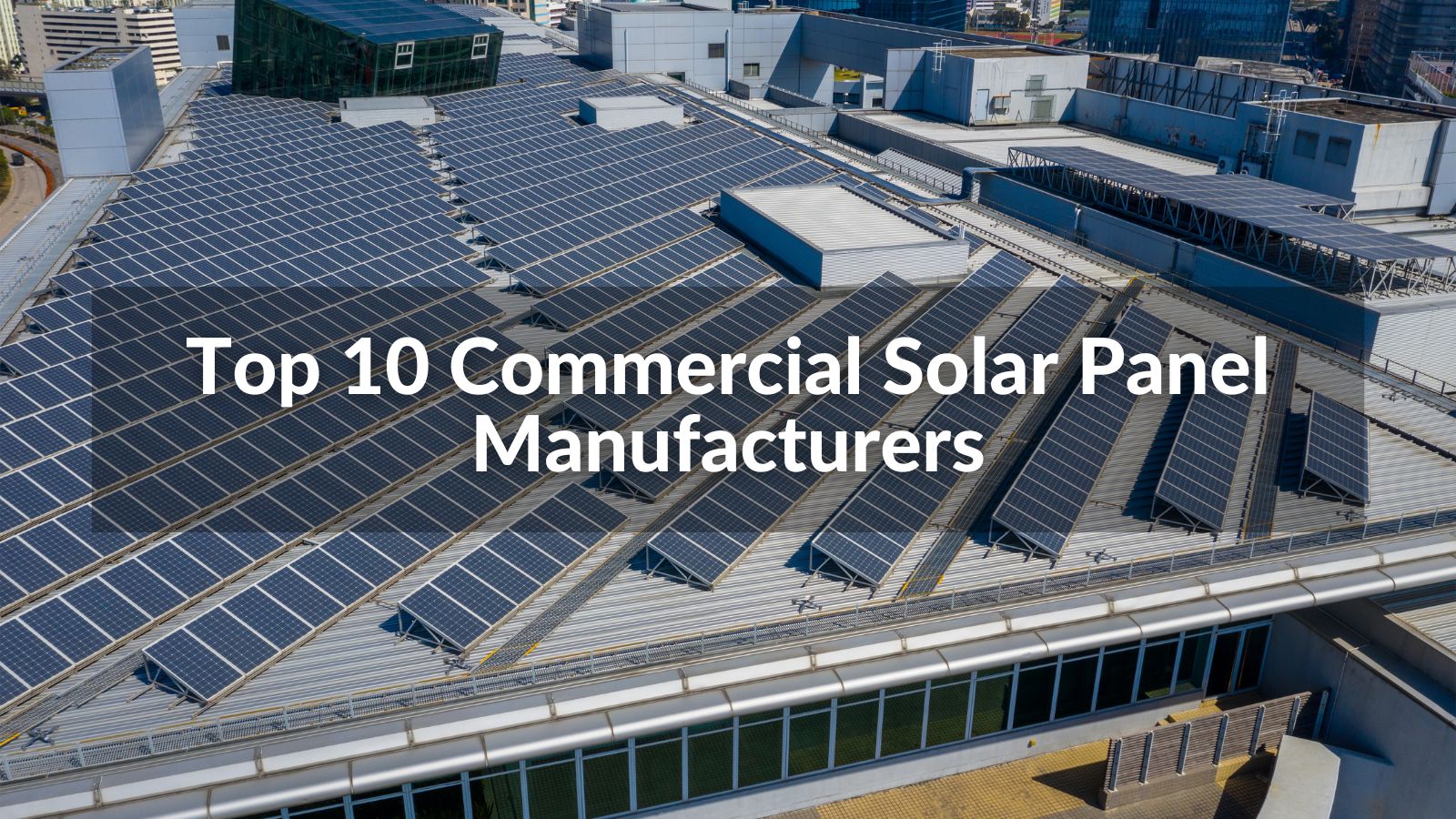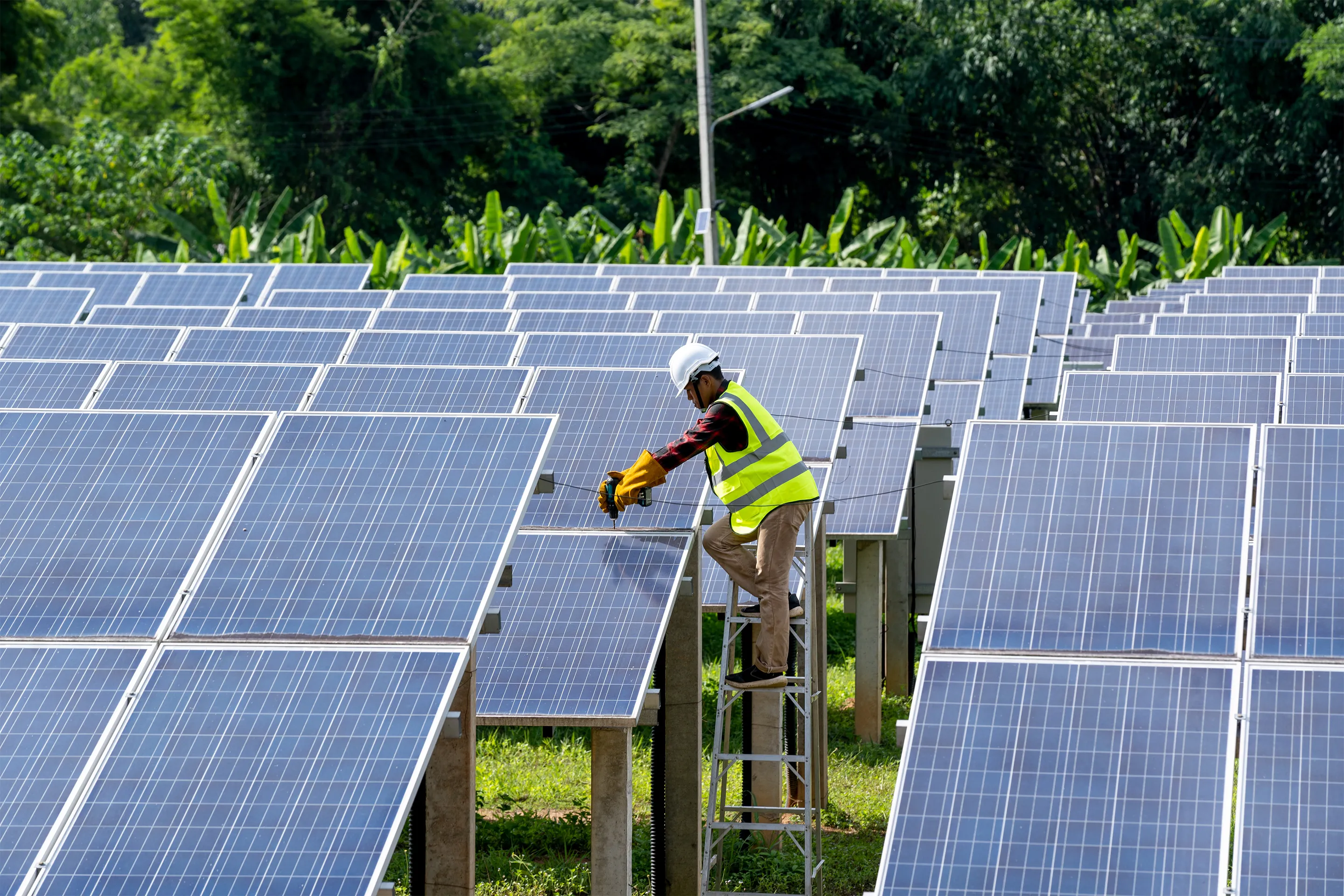5 Simple Techniques For Best Solar Panel Company In Pa
5 Simple Techniques For Best Solar Panel Company In Pa
Blog Article
Solar Electricity For Homes PA: Our Firm Concentrates On The Installation And Management Of Photovoltaic Energy Systems
History and Development of Solar Panel Business
The beginning of solar panel companies can be traced back to the 1800s when Alexandre Edmond Becquerel discovered the photovoltaic result. Would he have pictured how his discovery would reinvent the method we harness energy?
Early Beginnings

In 1954, Bell Labs developed the very first practical photovoltaic cell. This marked a significant milestone in the history of solar energy. They were at first used to power area satellites, but who understood this was just the start?
Advancement and Growth
- In the 1970s, an energy crisis led to increased interest in sustainable energy sources, including solar energy.
- By the 1990s, advancements in innovation and increasing environmental awareness caused the development of photovoltaic panel business internationally.
A New Age
As we went into the 21st century, the solar market witnessed an exponential development. The demand for clean and renewable energy caused a brand-new period in the solar panel industry.
Remarkable Realities
- The world's very first solar power station was developed in 1982 in Hisperia, California.
- By 2019, solar energy had become the world's fastest-growing source of power.
Indeed, the journey of photovoltaic panel companies has been impressive, hasn't it? The future holds enormous potential, with constant developments leading the way for a sustainable future. Can we envision a world powered completely by solar energy?
Moving Forward
Today, photovoltaic panel companies continue to innovate, striving for more effective and affordable solutions. The advancement of solar energy has come a long method, and yet, the journey has just begun.
The Core of Photovoltaic Panel Production
Ever wonder what goes into producing those glossy, sun-loving solar panels? The process is as impressive as the end item (Commercial Solar Panels PA). High-purity silicon, the main active ingredient in solar panels, goes through various transformations to ensure its efficiency and toughness
From Sand to Silicon
Crystalline silicon, the backbone of most solar panels, stems from easy sand. It's an interesting journey, isn't it? The sand goes through a high-temperature response with carbon to form silicon. This isn't just any silicon. The silicon used in photovoltaic panels is "solar-grade," with a pureness of 99.9999%. It's this pureness that enables the panels to effectively transform sunlight into power.
Ingot Formation
As soon as the silicon is pure enough, it's time to form ingots. Photo a big, cylindrical block of solid silicon. How is this achieved? Through a procedure called Czochralski procedure, where the silicon is melted and then gradually recrystallized. It's a slow dance of science, resulting in a solid product that is nearly as pure as the raw silicon itself.
Slicing into Wafers
The ingots are then sliced into wafer-thin pieces, like slicing a loaf of bread. Each slice is a potential solar cell, waiting to harness the power of the sun. Did you know that the silicon wafers are only about 200 micrometers thick? That's about half the thickness of a human hair! The procedure requires accuracy and perseverance, however the result is a set of wafers all set to be developed into solar cells.
Developing Solar Cells
With the wafer prepared, it's time for the magic to occur. The silicon wafer is 'doped' with other components like phosphorous and boron to create an internal electric field. It's this field that allows the conversion of sunshine into electrical power. Complex, isn't it?
Assembly and Quality Control
Solar cells resemble puzzle pieces that come together to form a photovoltaic panel. The cells are soldered together in a grid-like pattern, then covered with a protective layer of glass. The final step includes extensive quality assurance checks. After all, it's important that every photovoltaic panel carries out at its peak, would not you agree?
Insider Pointer
Always keep in mind that even the most efficiently made solar panel can lose efficiency due to dirt and particles accumulation. Routine cleaning can considerably enhance your panels' efficiency.
Comprehending the Environmental Impact of Solar Panel Companies
Ever contemplated the environmental footprint of a solar panel business? Green technology, such as solar, has changed our energy landscape, but what about the behind-the-scenes impact?
The Manufacturing Process: A Double-Edged Sword
The manufacturing process for solar panels demands a considerable quantity of energy. This procedure, called 'em bodied energy', can be deemed a form of 'energy financial obligation'. It's a little like borrowing today's sunlight to power tomorrow's energy requirements. Fret not, the energy payback time is frequently much shorter than you 'd believe!
- The energy repayment duration for photovoltaic panels is normally 1-4 years.
- After this duration, the energy produced is essentially carbon-free.

Life After Decommission
And what occurs when a solar panel reaches the end of its life-span? Can it simply be tossed into the garbage? No, that wouldn't be really green, now, would it?
A practical service is recycling. While solar panel recycling is still in its infancy, it holds a world of potential. Recycling not only keeps products out of garbage dumps however likewise minimizes the requirement for new basic materials.
Accountable Sourcing: More Than A Buzzword
Where does the silicon originated from, you ask? The industry's need for silicon and uncommon minerals can lead to damaging mining practices. Responsible sourcing is for that reason crucial to minimize hazardous environmental effects.
Reduced Carbon Emissions: The Bigger Picture
Let's not forget the bigger picture: solar energy significantly lowers carbon emissions. When installed, photovoltaic panels produce tidy, renewable resource, offsetting their initial production footprint.
Simply put, the ecological effect of solar panel companies is a complex problem. Nevertheless, with responsible practices, the promise of more info a cleaner, greener future is well within our grasp.

Financial Performance and Market Share of Photovoltaic Panel Business
Ever questioned why some solar panel companies - Top Rated Solar Installers PA outperform others in the market? What sets them apart? The key depend on their monetary performance and market share
Financial Efficiency: An Important Indicator
Financial performance plays a critical function in the success of any organization. For photovoltaic panel companies, it's no various. Strong monetary efficiency enables these business to purchase cutting-edge innovation, research, and advancement, consequently producing top quality, efficient solar panels.
How do they attain this? With a concentrate on expense performance and strategic financial investments. Business that manage to decrease production expenses without compromising on quality tend to fare better in the market.
Market Share: A Step of Success
Market share, on the other hand, is a direct reflection of a business's popularity amongst customers. A high market share implies more homeowners are choosing their photovoltaic panels over competitors.
What's the secret recipe for getting a larger market share? It comes down to client satisfaction and brand name track record. Companies that focus on client requirements and preserve a positive brand name image are most likely to capture a larger share of the market.
- Client Fulfillment: Solar panel companies that provide trusted items and exceptional customer care tend to have higher customer complete satisfaction rates.
- Brand Track record: A strong brand name track record is built with time through consistent shipment of quality product or services.
Financial Performance and Market Share: The Cooperative Relationship
Interestingly, the relationship between financial performance and market share is not one-sided. They feed off each other. A strong financial efficiency can increase a business's market share, while a high market share can improve monetary efficiency.
As a photovoltaic panel company, balancing these 2 elements is essential for long-term success. A company that overlooks either of them might find it hard to preserve its position in the competitive solar market.
The Takeaway
So, what does all this mean for you? Whether you're a property owner aiming to install solar panels or a financier considering the solar market, comprehending the monetary efficiency and market share of photovoltaic panel companies is vital. They are crucial indications of a business's health and capacity for future growth.
Report this page